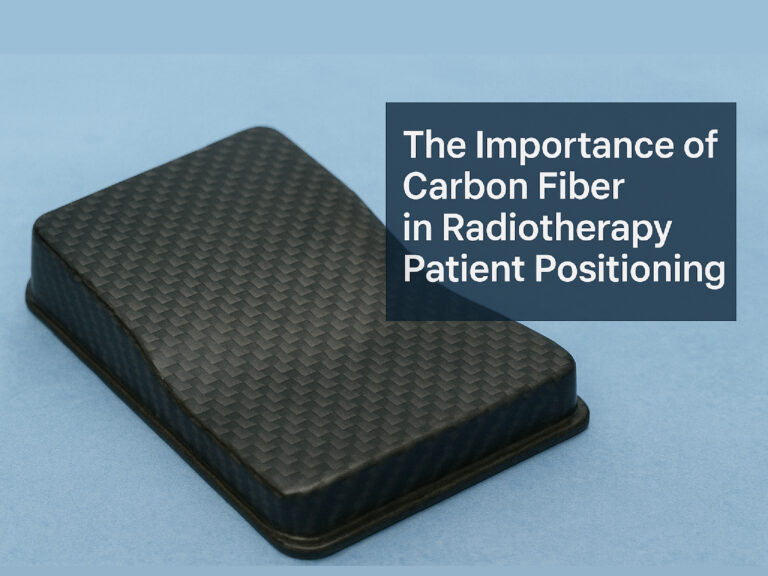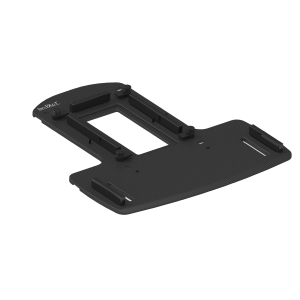
The Science Behind Carbon Fiber
At its core, carbon fiber is composed almost entirely of carbon atoms, intricately arranged in a crystalline structure. These atoms form long chains or sheets with strong molecular bonding, which gives carbon fiber its signature properties: exceptional stiffness, tensile strength, and minimal weight.
This makes carbon fiber a perfect fit for radiotherapy applications, where stable yet lightweight support systems are critical to maintaining patient position without compromising comfort or imaging quality.
From Precursor to Precision Material
Carbon fibers is manufactured using specialized precursors like polyacrylonitrile (PAN), pitch, or rayon. Through carefully controlled processes such as spinning, stabilization, and carbonization, these raw materials are transformed into high-performance fibers.
The quality of these starting materials, along with the manufacturing process, directly impacts the fiber’s final properties. For example:
- Higher purity results in better mechanical performance.
- Tighter molecular alignment enhances strength and stiffness.
Why Carbon Fiber Matters in Radiotherapy
- Minimal Beam Attenuation
- Compatible with Imaging Modalities
- Lightweight Yet Rigid
- Durability and safety
- Better planning = Better treatment accuracy
Common Carbon Fiber Devices in Radiotherapy
- Treatment Couch Tops
- Headrests (A–F sets)
- Baseplates
- Positioning Boards
- Elevation Blocks
Conclusion: A Smart Investment in Precision
While it may seem like just a material, carbon fiber is a clinical enabler. It improves:
- Treatment accuracy
- Patient safety
- Workflow efficiency
For radiotherapy departments aiming to provide high-precision care, carbon fiber-based immobilization and positioning devices are not just preferred—they’re essential.
Investing in high-quality carbon fiber equipment directly supports clinical accuracy and long-term workflow efficiency.



